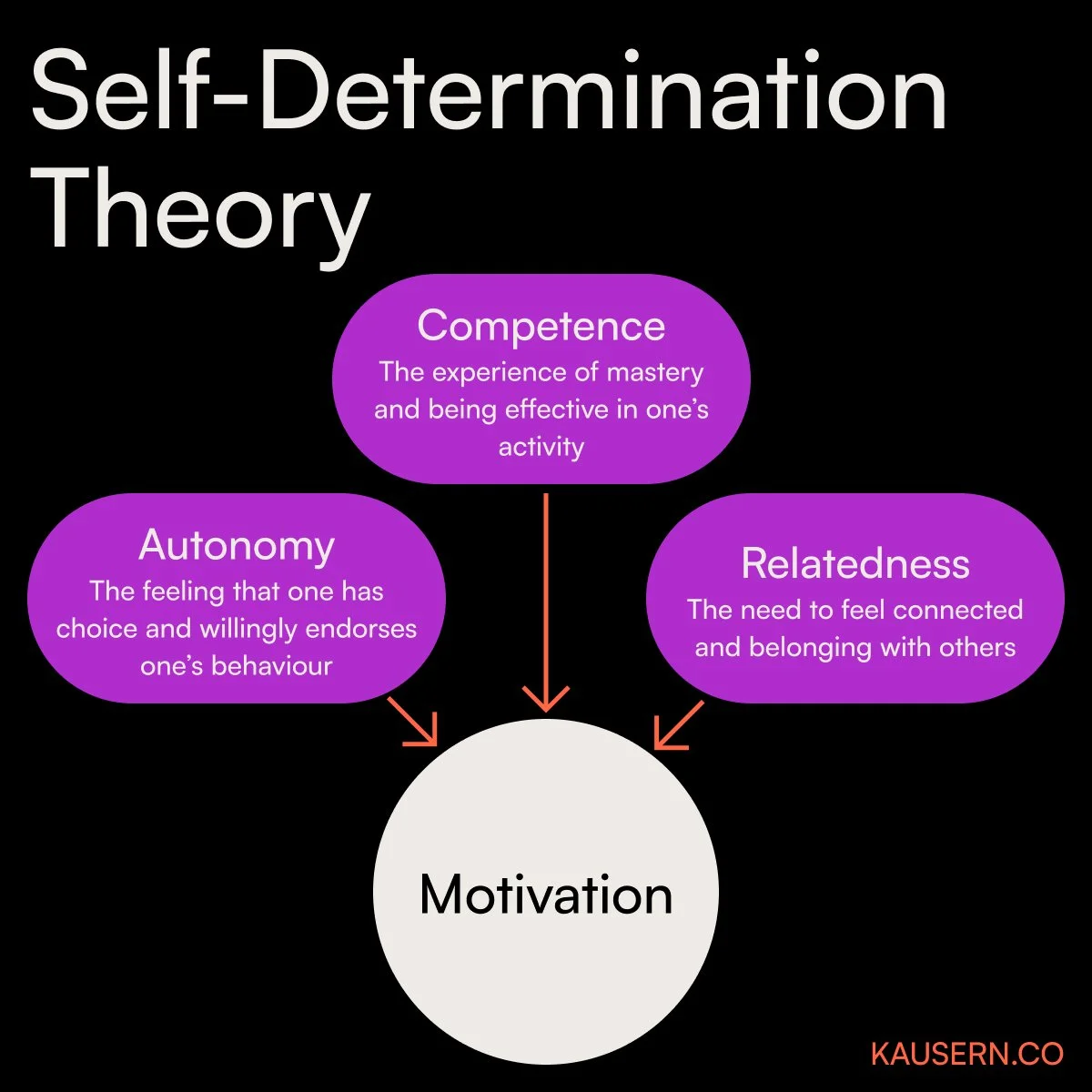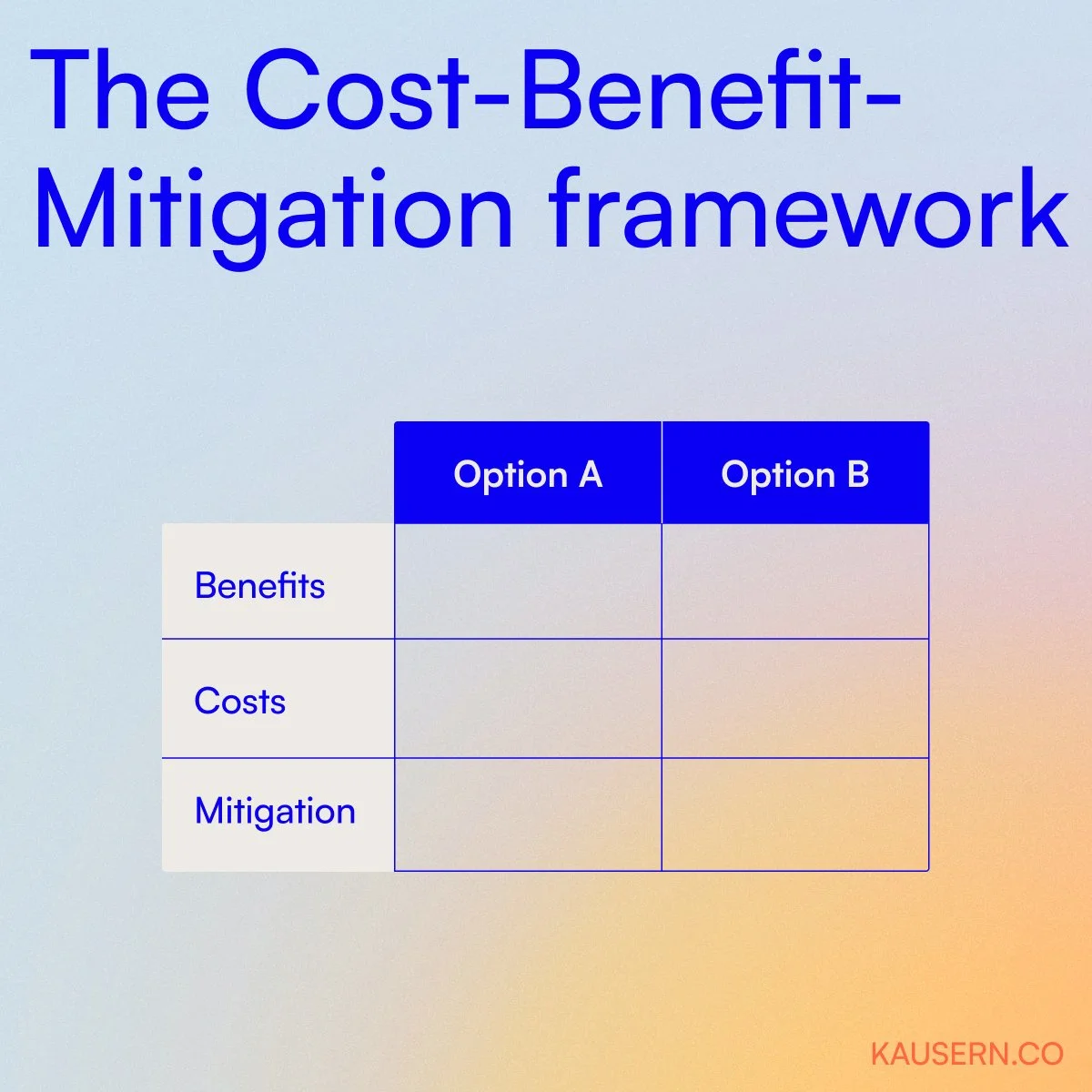Filter by —
Tackling leadership training and development shortcomings: 3 paradigms to consider
Effective training and development programmes should close the ASK (attitude, skills and knowledge) gap in its employees
Developing and nurturing high potential leaders
By putting in place this three-step process to spot potential leaders, organisations can continuously cultivate a strong leadership pipeline.
Identifying potential leaders in your organisation
How do we really identify individuals with a potential to lead? Here are some practical strategies.
Defining the effective traits of a leader
Identifying individuals with leadership potential within an organisation is a crucial task for its long-term sustainability.
The CLEAR Coaching Model
Organisations and individuals are investing in coaching simply because it works. Coaching helps individuals clearly see themselves and the possibilities ahead of them.
The Iceberg Model
The Iceberg Model suggests that the behaviours and actions we usually see in people are just the “tip of the iceberg”, so to speak.
Self-Determination Theory
When motivation fails, all that’s left for us to do is get employees to do things. Is there a difference? Well, yes.
The Cost-Benefit-Mitigation framework
The Cost-Benefit-Mitigation framework enables teams to keep moving fast by making calculated decisions when faced with decision-making gridlocks involving two (or more) options.
The Risk-Reward framework
When we analyse our challenges through the lens of Risk and Reward, it will help us make informed decisions as we evaluate the potential upside or downside of our choices.









